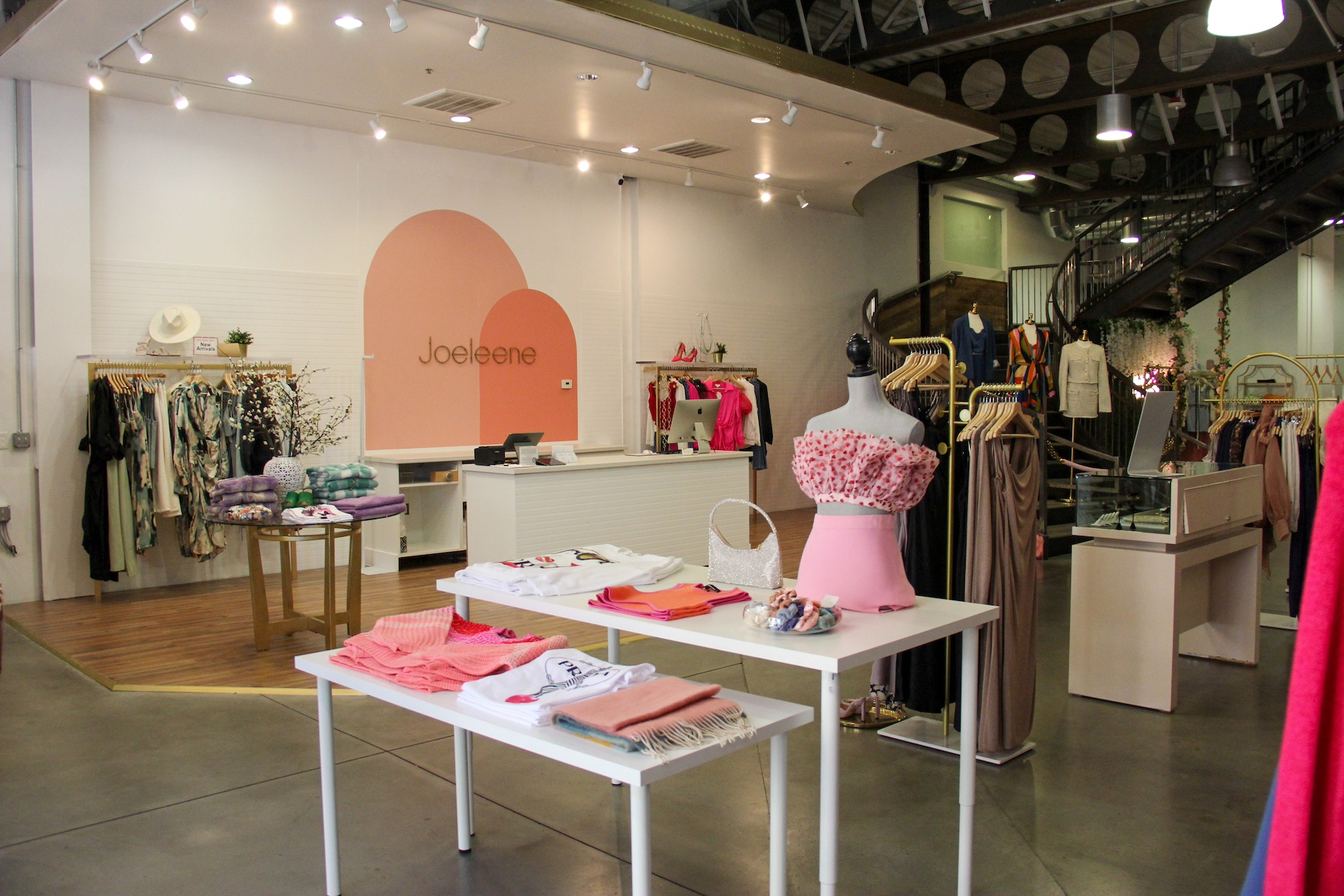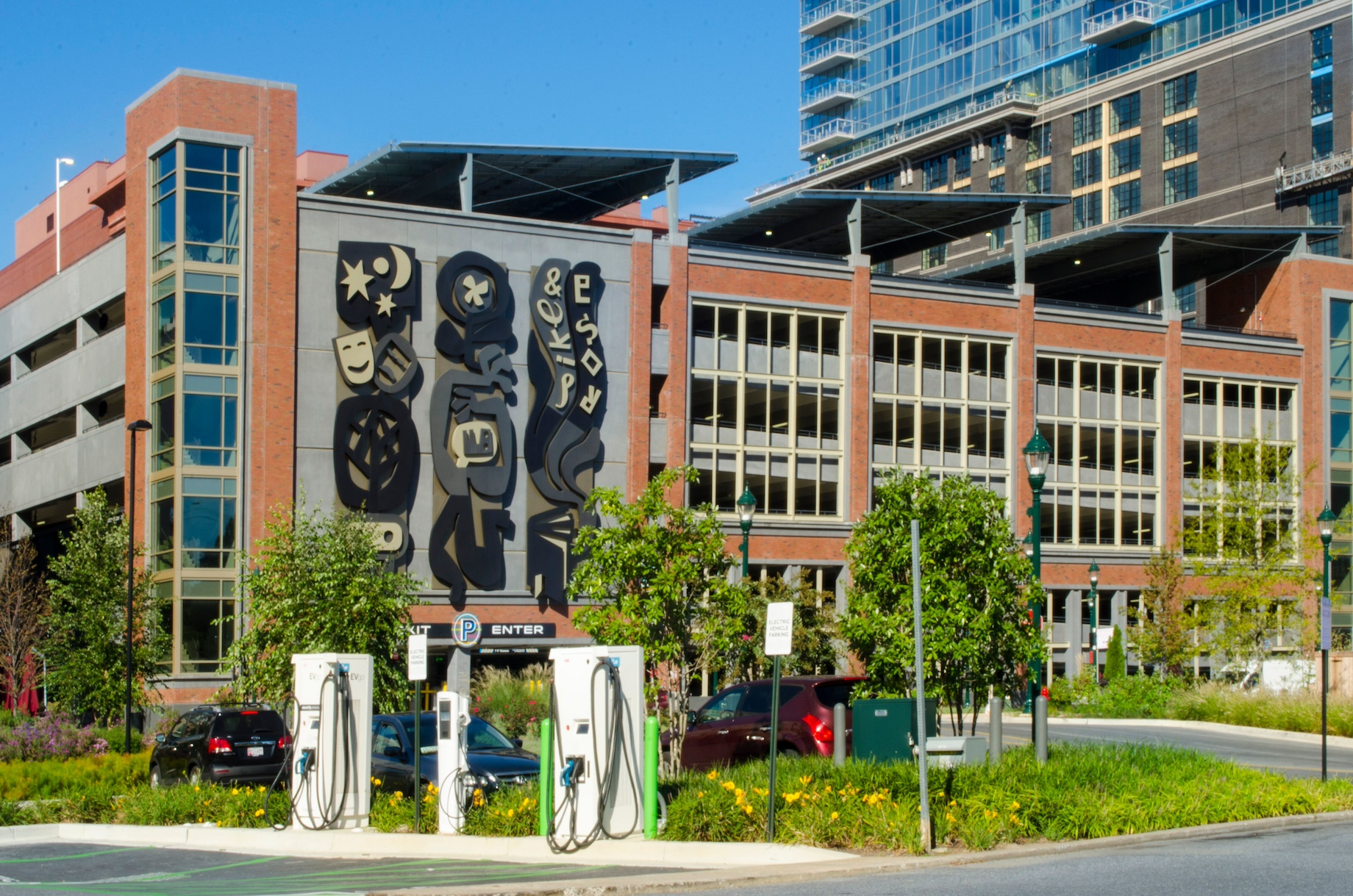From live concerts to rooftop solar, shopping center owners are tapping into new sources of revenue that can boost net operating income and property values.
Vestar has found a new moneymaker at some of its Southern California properties by hosting commercial photo or video shoots. In some cases, such uses have generated five-figure fees for what is typically a one-day event. “The first one probably fell into our lap,” admitted Vestar management services president R. Patrick McGinley. However, the firm was flexible and nimble in accommodating the shoot’s production team, which generated referrals and repeat bookings. “Where we see opportunities that can arise, whether they're an economic driver to the ownership of the shopping center and/or a community benefit, we are able to act very quickly on those opportunities,” he said.
Specialty leasing and ancillary income programs have come a long way since the early days of holiday push carts and photos with Santa. Two important factors have driven that evolution: Ancillary income programs became a year-round focus, and they became an important part of merchandising a property, said JLL president of retail property management Kristin Mueller. “It was not just about making a few extra dollars, it became really additive to the offering of the property,” she said. “Now it’s gone even farther, and I'm excited to see where it goes next.”
“The way I look at every one of our properties is that every single inch can be part of driving revenue but also part of creating the experience at the center and adding to that, as well.”
Some in the industry argue that ancillary income is becoming not only a bigger strategic focus but also an expected line item on the balance sheet. A common goal among JLL’s managed centers is for ancillary income to represent about 10% of a property’s NOI across a variety of contributing sources. It’s a very meaningful number, and as part of a broader analysis, it also can be an indicator of what’s going on at a property, added Mueller. For example, is ancillary income going up because occupancy is lower, or is it going up because the property is successful and has strong foot traffic and visibility in a market?
Experiential Moneymakers
Owners and managers are doing the same blocking and tackling of generating ancillary revenue they always have, such as selling advertising and hosting temporary or seasonal pop-ups. But they also are looking for innovative ways to generate revenue and create interesting experiences that help drive traffic.

Landlords still subscribe to traditional ancillary income efforts — pictured is a Joeleen temporary shop at Vestar’s Tivoli Village in Las Vegas — but they’re also going experiential …

… such as Thee Candle Lab, which won an ICSC MAXI Awards gold in the Most Creative In-Line Pop-Up or Inline Temporary Store category in May. Pictured is The District at Tustin Legacy in Tustin, California.
For example, Vestar has created a seasonally themed District Dome in the common area of its Desert Ridge Marketplace in Phoenix. People buy tickets to enjoy the sensory experience, and Vestar partners with a restaurant tenant to serve chef-driven fare and craft cocktails. The dome’s spring Villa Fleur sold out in hours, noted McGinley.

The spring theme for the District Dome in Phoenix’s Desert Ridge Marketplace was Villa Fleur. It featured lush florals, video projections on the ceiling and individually designed dining parlors with seating.
“The lesson here is that we have to keep innovating, not only for the community and making sure the community believes that there's always going to be something happening at our shopping centers but also there is an economic reason. There’s a profit to be had,” he said. In addition to the income generated from the District Dome, the property has benefited from increased foot traffic and thousands of media impressions from people who are posting and commenting on social media.
Technology Fuels Opportunities
Technology is another component driving innovation and growth in ancillary income. Consider advertising, solar, electric vehicles and telecommunications. Instead of relying on static ads on a mall directory, digital media screens are spreading throughout centers. “It’s very exciting, not just in the fact that it’s digital but there’s more revenue because it’s digital and can change,” said Federal senior vice president of specialty revenue Mike Kelleher.
Digital has helped leasing and management teams generate additional income from advertising. “Media is becoming of much greater importance because people are trying to find ways to get eyeballs on things and one of the busiest public places you can go in a community is to the regional mall or to the grocery-anchored shopping center,” said Mueller. In addition to digital screens, properties are generating income on everything from elevator wraps to signage on shopping carts and child strollers.
Electric vehicles drive income opportunities for shopping centers on two fronts: events at which brands showcase their EV cars and offer on-site test drives and fees generated from carmakers that want to locate EV charging stations in convenient locations, such as the parking fields of shopping centers, grocery stores and big-box discount stores.

A BMW event at The District at Tustin Legacy in Tustin, California
The expansion of 5G networks is creating more opportunities for retail property owners. “The exciting part about that is all this has created revenue where there was no revenue five to seven years ago,” said Kelleher. Though cell towers long have been a revenue source for commercial property owners, most tend to be on taller office buildings. 5G, though, requires a larger network of smaller satellites mounted on rooftops and building exteriors to relay signals, and that creates more opportunities for retail buildings and shopping centers.
“The way I look at every one of our properties is that every single inch can be part of driving revenue but also part of creating the experience at the center and adding to that, as well,” said Kelleher. For example, if we've got 5G on the roof of the shopping center, someone is probably not going to drop a call, so there is a positive side beyond the revenue,” he added.
Boosting Property Values
Traditionally, it has been difficult to take ancillary income and monetize it in the form of a higher value or higher sale price of a property. When cell towers first started appearing on buildings 20 years ago, for example, the revenue was considered phantom income that was difficult to include in underwriting. Nowadays, you can point to a 25-year lease with Verizon and include that in the NOI and value of a property, noted Ed Laycox, a senior vice president and principal in the Washington, D.C., office of SRS Real Estate Partners.

Federal’s Pike & Rose in North Bethesda, Maryland, features solar panels and electric vehicle chargers. At top are EV chargers at Federal’s Mount Vernon Plaza in Alexandria, Virginia.
Buyers and lenders also view solar panels favorably because there is a quantifiable value. It’s easy to show how solar panels reduce the cost of energy and positively impact a property’s NOI.
On the other hand, it’s tough to underwrite $50,000 in annual income being generated by a dozen or so food trucks, said Laycox. “To underwrite it, you need to have a pattern of at least five years, and even then, if there’s not an actual lease in place, then the bank is probably not going to give you credit for the income,” he said.
Ancillary income can be difficult to achieve at a shopping center, particularly if national credit anchors have restrictions in their leases about others coming in and using a parking lot or putting up additional signage. In some cases, special uses or events require permission from existing tenants.
However, ancillary income can impact both the value and sale price of a center positively. The key is predictability. Buyers like to see a consistent history of revenue, such as five-plus years, as well as long-term contracts that support that income. Lenders, in particular, are less likely to include ancillary income in their underwriting without a contract or lease agreement.
“We have to educate potential buyers because not everyone is used to underwriting that income and it sometimes can be dismissed,” said McGinley. “But so long as there’s a history and a story to go along with it, it’s absolutely a value enhancement for our assets and our clients’ assets.”
By Beth Mattson-Teig
Contributor, Commerce + Communities Today